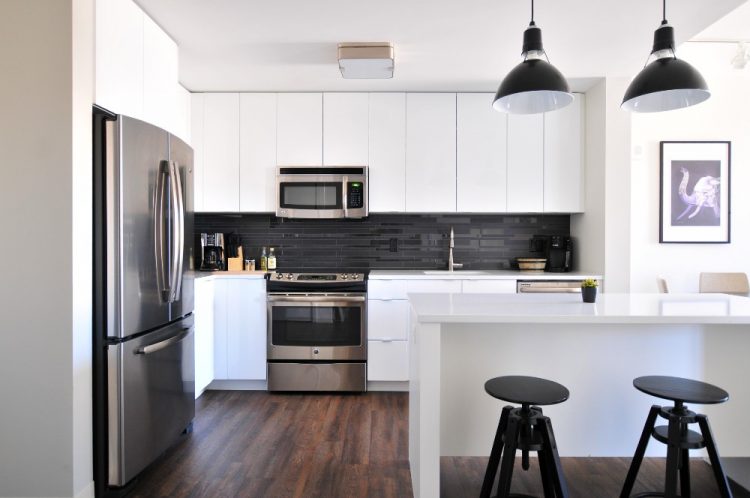Residential Real Estate Prices Post Higher Growth Rate in Q3 2019

Nationwide residential property prices grow by 10.4 percent year-on-year in Q3 2019
Residential real estate for various types of housing units, as measured by the Residential Real Estate Price Index (RREPI), increased by 10.4 percent year-on-year in Q3 2019. It is the highest growth rate observed since Q1 2016; it is also higher than 0.4 percent growth in Q2 2019 and the 4.5 percent growth last year.
Prices of condominium units in Q3 2019 registered the highest growth rate since Q1 2016 at 29.1 percent. Duplexes follow at 24.8 percent, single-detached/attached houses at 2.4 percent, and townhouses at 6 percent.
On a quarter-on-quarter basis, the RREPI rose to 9.5 percent, including all types of housing units with the registering price continually increases over the quarter. Moreover, residential property prices are higher in both the National Capital Region (NCR) and Areas Outside NCR (AONCR).
The average residential property prices in both the NCR and AONCR increased by 22.2 and 4.9 percent, respectively, compared to the rates last year. In the NCR, the costs of duplexes and condominium units outweighed the decline in prices of single-detached houses and townhouses.
Profile of residential real estate loans in Q3 2019
For Q3 2019, the purchase of new housing units accounted for 74 percent of residential real estate loans (RRELs). By the type of housing units, 51.8 percent of residential property loans were used for the acquisition of condominium units, followed by single-detached/attached houses at 38.1 percent and townhouses at 9.5 percent.
Most RRELs granted in NCR were used to purchase 43.1 percent of condominium units. In contrast, with RRELs given in AONCR, about 35.5 percent were used to purchase of single-detached/attached houses. Compared to other regions, NCR accounted for 48.7 percent of the total number of RRELs granted during the quarter in review. AONCR-CALABARZON followed at 25.1 percent, Central Visayas at 3.6 percent, Davao Region at 2.8 percent, and Northern Mindanao at 2.3 percent. Together, NCR and these six other regions accounted for 96.6 percent of housing loans granted by banks.
All universal/commercial banks and thrift banks in the Philippines submit quarterly reports on all RRELs granted, which form part of the RREPI.




